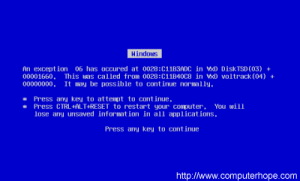Whatever. I give up. It’s as if we’ve reached saturation point on articles that say writers working from home should pretend they have a real 9-5 office job and instead now we’re embarking on a round of articles saying they shouldn’t. Here’s a shouldn’t:
I polled some of my freelance friends to find out what rules they commonly break. Here’s what came up again and again:
“Work on a schedule, just like you would at a regular job. ”
No thanks, said writer Christine Hennebury: “I don’t set regular hours. I don’t set aside chunks of time. And I don’t turn off my work at a specific time. The whole point of freelancing and working from home is to blend your work and home life together a bit better.” Instead, Hennebury plans her day using author Jennifer Louden’s “Conditions of Enoughness,” deciding what she needs to get done to be satisfied at the end of the day. Then when she’s done, she’s done.
Trying to stick to a “normal” nine-to-five workday can present logistical problems for freelancers, too, as former freelancer Holly Case pointed out. “I remember one big article I was working on required me to interview an important expert. I spent nearly a week trying to reach him and never could. He finally called me at eleven p.m., explaining that he was on his way to a party in a limo and wondered if I could do the interview then. I said yes because I didn’t know if I would get it otherwise
Read the full piece.
